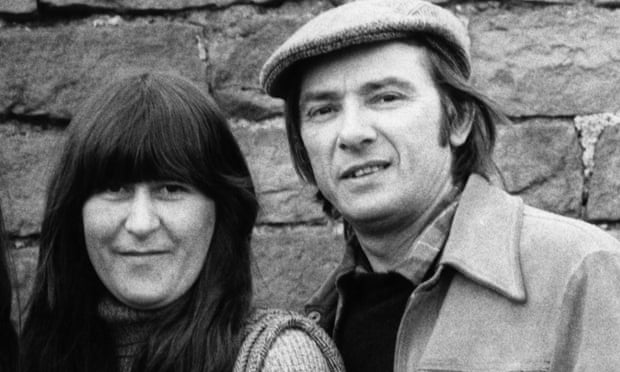The main part of the festival was taking a break during the day, which left us with an opportunity to visit a place called BAK to see an exhibition entitled Forensic Justice that was being shown in conjunction with Le Guess Who. This had been put together by Forensic Architecture, a radical architectural organisation headed by Eyal Weizman, whose work has previously appeared in the LRB (the other paper of record). We watched a series of videos where the Forensic Architecture people carefully dissected video and other evidence to investigate official narratives of events. These were interesting as examples of how the panopticon society in which we live does not just lead to a Big Brother society in which the State continuously watches us, but one in which non-state actors have the tools to expose illicit state action.
 Some of the Forensic Justice installations were pretty intense, like the reconstructions from multiple CCTV images of a hospital in Aleppo being bombed by the Syrian air force, which showed people being thrown around by the force of an explosion, or their analysis of the killing of two Palestinian school children (unarmed, not obviously taking part in rioting or even demonstrations, apparently on their way home from school), which showed they were killed by Israeli soldiers firing live bullets but falsely claiming to have fired only rubber bullets.
Some of the Forensic Justice installations were pretty intense, like the reconstructions from multiple CCTV images of a hospital in Aleppo being bombed by the Syrian air force, which showed people being thrown around by the force of an explosion, or their analysis of the killing of two Palestinian school children (unarmed, not obviously taking part in rioting or even demonstrations, apparently on their way home from school), which showed they were killed by Israeli soldiers firing live bullets but falsely claiming to have fired only rubber bullets. For me though I think the most upsetting was an analysis of the fatal beating of Pavlos Fyssas, a Greek anti-fascist, by members of the Golden Dawn, with the analysis of Forensic Architecture showing that the Greek police had stood by and let the attack happen. What made that the most disturbing I think is that crazy things (hospitals being bombed or soldiers shooting school kids) seem almost normal in crazy places like Syria or Palestine, but they are much more unheimlich in an urbane and democratic country like Greece. Good job nothing like that happens closer to home, eh readers?
The last examination we saw by Forensic Architecture was something of a relief as it did not involve anyone losing their life. Instead by careful analysis of several video clips they appeared to disprove the assertion of the Italian coast guard that a sea rescue vessel was operating in concert with people smugglers.

There was more of Forensic Justice that we could have watched (something to with the unfortunate plight of Orangoutangs) but I can only take so much, so we left BAK and headed off to Lombok, which is another area of Utrecht where a Le Guess Who satellite festival was taking place. Beside an impressive mosque there was a food market taking place, with stalls selling a variety of tasty noms. We sampled their wares. Lombok seems to be multicultural bit of Utrecht so we were also treated to some guys walking around playing drums and those squeaking trumpets they have in the Orient. There were also some children doing some class of traditional dance for us; I think they might have been Turkish rather than Arab but it's hard to tell. I definitely admired their intense concentration.

And then we strolled around Lombok looking for further excitement. And we found it in the form of some class of Dabke flashmob taking place outside a church. If you do not know Dabke, it is the traditional dance thing from Syria and Palestine and other places round there, typically done by guys joining arms, often forming rings that rotate frenetically. This is what was going on here, with some attempt to bring home to Whitey that Dabke does feature actual steps and is not just all about the speed. We watched amusedly from a distance, careful not to be drawn into the maniacal gyres.

At some point we were sated by Dabke, so pretty much at random visited a place called the Ubuntuhuis, where some chap called Cengiz Arslanpay was going to be combining electronic music with his ney flute (ney!). The Ubuntuhuis turned out not to be a place for people to hang out working on the latest Linux releases but rather some class of centre for homeless people and persons newly arrived in the country. The venue where Mr Arslanpay was playing was living room sized and we were all more or less on top of the player but that made it all that bit more entertaining. Sadly he was unable to treat us to his electronics for reasons but he did play a succession of different Turkish flutes.
My Beloved and I reunited with our spiritual guru Mr B— in the Tivoli complex and went to see some chap called Serpentwithfeet (I think he might call himself serpentwithfeet but I do not hold with proper nouns beginning with lower case letters; frankly he should be glad I am leaving the spaces out of his name). Mr Feet is not actually a serpent, footed or otherwise, but an impractical red anorak wearing fellow from the USA. He apparently used to be a choirboy but now he makes music that is sometimes classed as experimental but seemed to me to be a fairly accessible form of R&B. The real joy of his performance came from his persona as presented to the audience, which was basically camp and endearingly positive. Everyone who saw him was happier than they were beforehand.
We then split off to the Janskerk again to see some of Vashti Bunyan, the lost folkie sensation who is now back in action. Ms Bunyan whispers very quietly between songs but then when singing projects at an audible but restrained volume suiting the delicate nature of her songs. She is also a bit of a roffler, quipping at one point that back in the day she was told her music had no commercial potential before launching into 'Train Song', from whose relentless use in films and advertisements she has made a mint. Overall though I wished that scheduling had meant that I arrived early enough to get a good seat at the front.

Back in the Tivoli complex I let myself be brought to see Paddy Steer, wondering if I had made a terrible mistake. For the first song I thought that maybe I had but then either he got better or I was reprogrammed. Mr Steer's music is an odd combination of analogue synth sounds and live drumming, with his vocals affected by the vocoder type thing he has in the space helmet he wears for some of the songs. I was intrigued by the question of whether all of the music was strictly live, as the drumming seemed pretty intricate and hard to imagine someone doing while also playing synths but it was impossible to be certain either way as he had a bank of equipment largely obscuring our view of whatever he was doing with his hands. We nevertheless did get to see his impressive space suit. Overall Paddy Steer hovers gamely on the borderlands between weirdo art music and novelty shite, staying I think on the right side of that boundary.
I stuck my head briefly into where Blanck Mass were playing and was a bit surprised by what I saw. Blanck Mass have a membership overlap with Fuck Buttons, but the my sense of how they divided was that Fuck Buttons played the more heavy beaty stuff while Blanck Mass play music that is not entirely dissimilar except that it is a bit beat free, making the music a weird kind of in your face ambient (use your Babbage machine to compare Fuck Button's 'Brainfreeze' with Blanck Mass's 'Chernobyl'). But on the face of this performance Fuck Buttons and Blanck Mass appear to have converged, with the music on offer tonight featuring lots of big fucking beats. I reckon this would have been great to dance to if you were so inclined. Even as listening music it was not unentertaining, but we were a bit *tired* so we repaired to our house and caught some Zzzzzs.
Day three coming soon!
Exhibition image source:
The Omar Bin Abdul Aziz Hospital in Aleppo (Forensic Architecture: Forensic Justice)
More of my Le Guess Who photographs
More of my Utrecht photographs


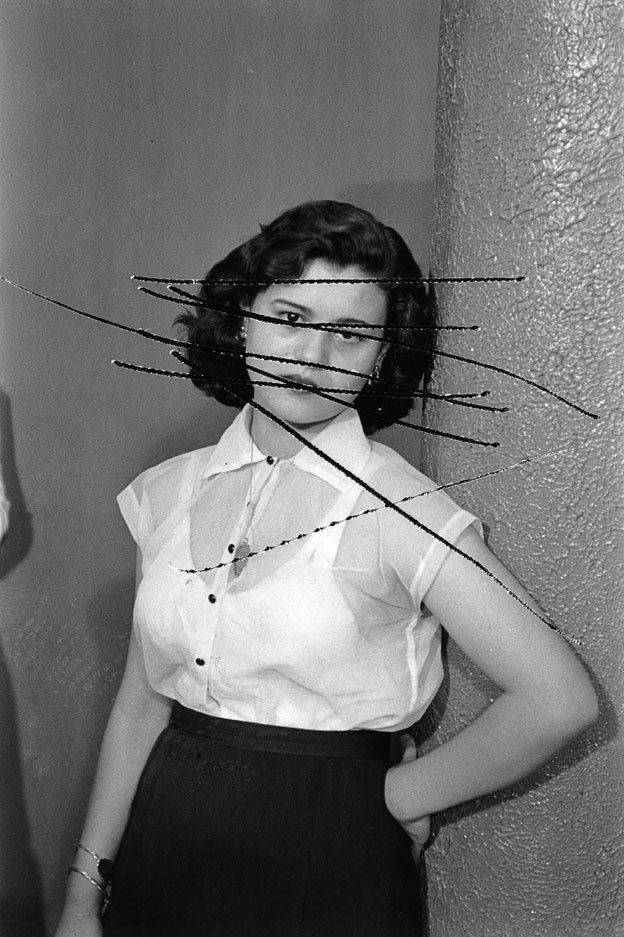


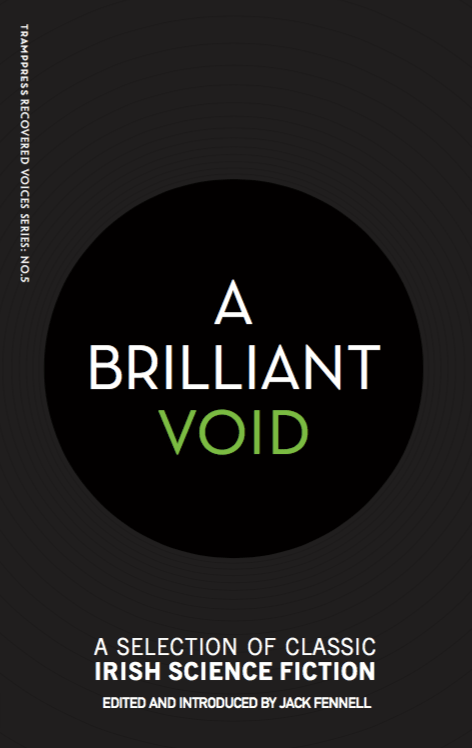

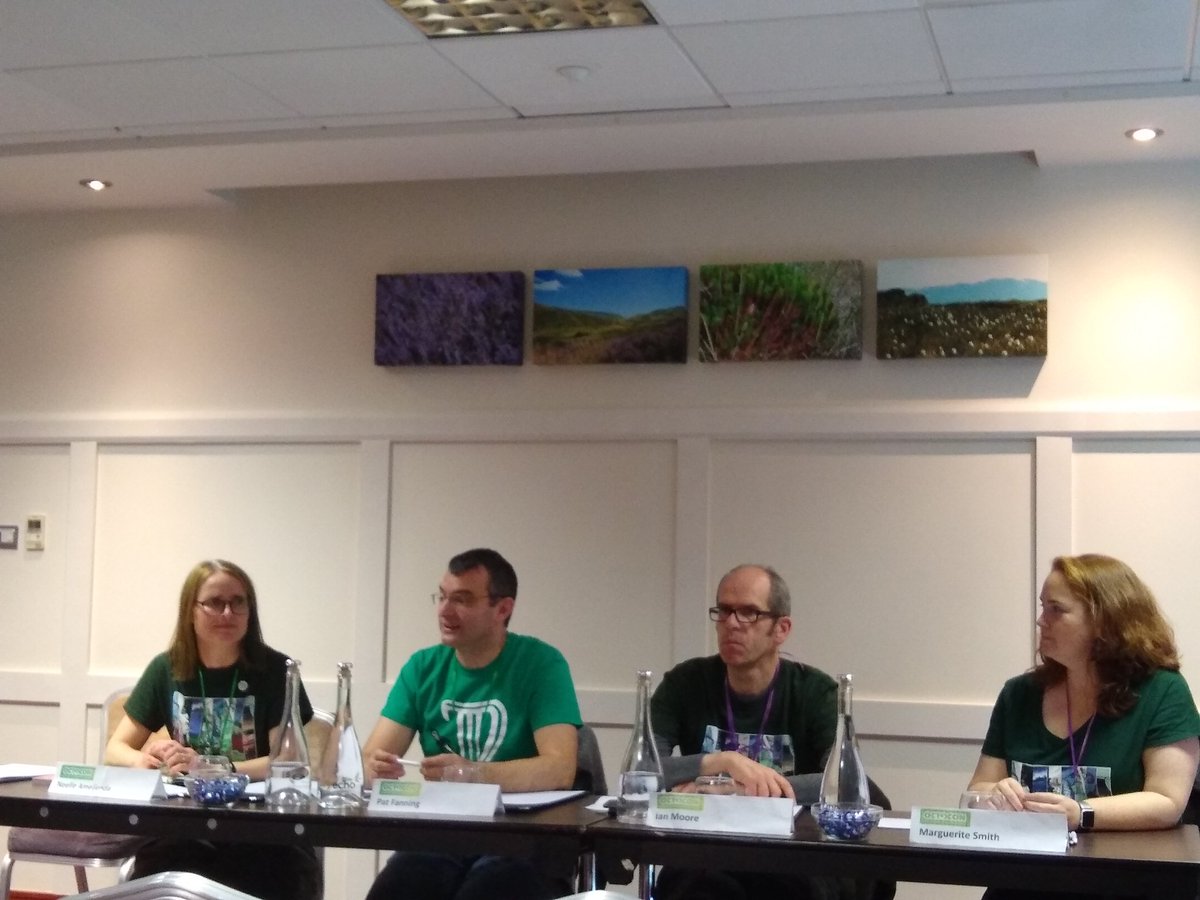




/arc-anglerfish-tgam-prod-tgam.s3.amazonaws.com/public/M6Q7E3GWVFFANJZIR2D4LJL42E)
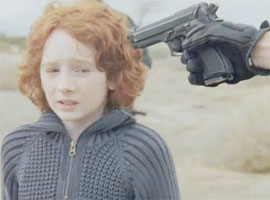




:format(jpeg):mode_rgb():quality(90)/discogs-images/R-9268853-1477684683-6775.jpeg.jpg)

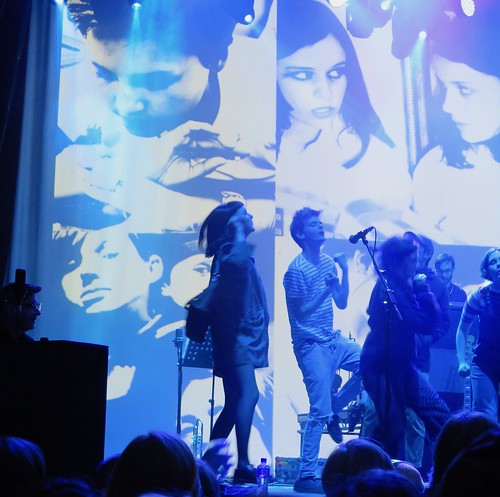

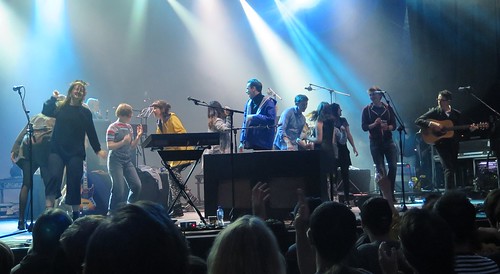
:format(jpeg):mode_rgb():quality(90)/discogs-images/R-2047800-1260722169.jpeg.jpg)
